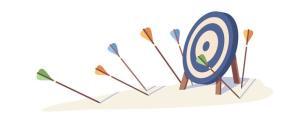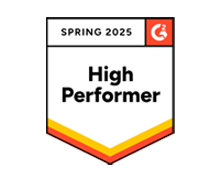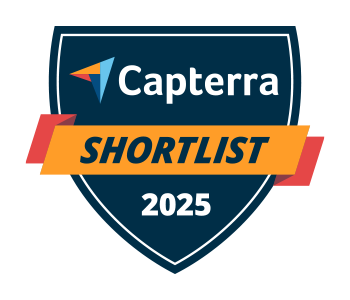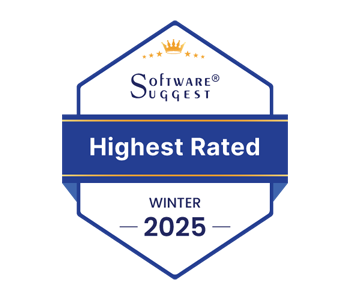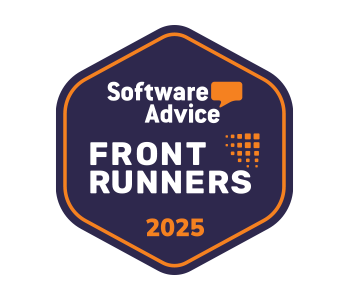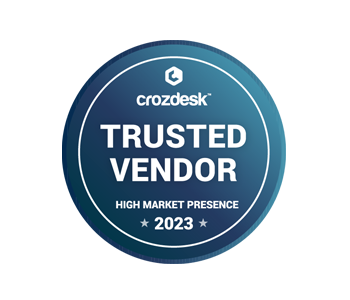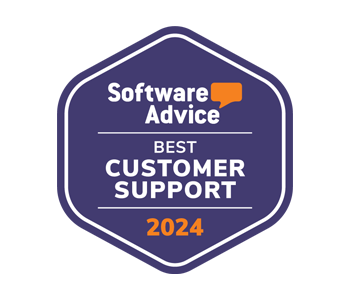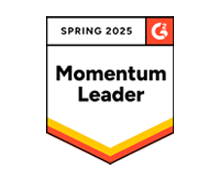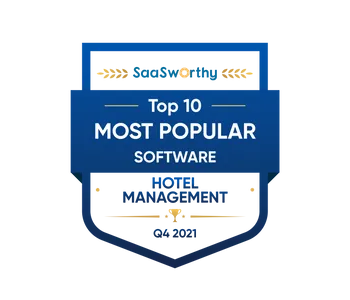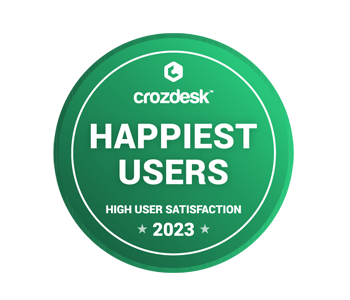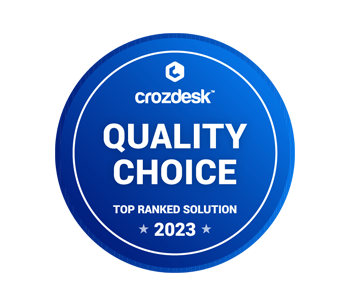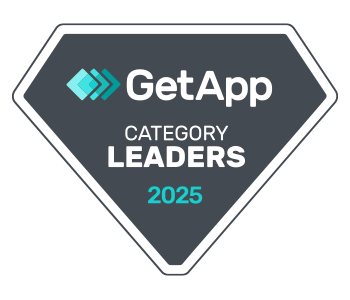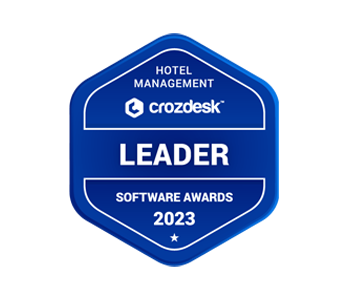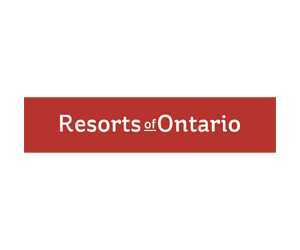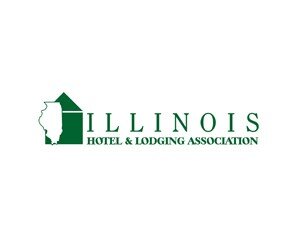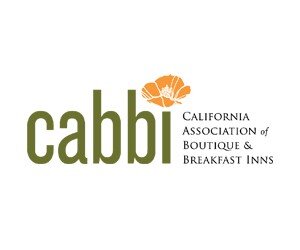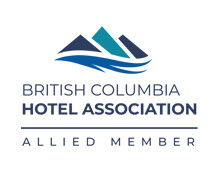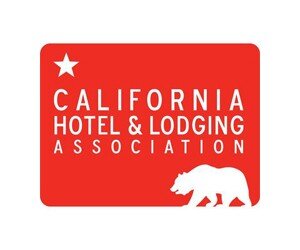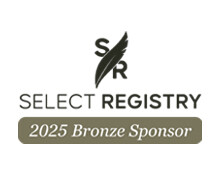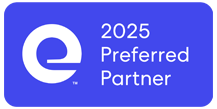Expedia Group’s latest study of how consumers plan and book travel online surveyed travelers in Australia, Canada, Japan, Mexico, the U.K., and the U.S.A. to reveal preferences and behavior along the path to purchase.
The study, aptly named The Path To Purchase, discovered the average path to purchase length—from when a traveler starts thinking about taking a trip to the moment of booking—is 71 days (more than two months!). That’s a lot of time and a big opportunity for travel brands to influence consumers to book with them. The trick is to engage potential customers at every step along the way.
Let’s go!
Inspiration
Travelers spend an average of 33 days in the inspiration phase. During this time, they seek inspiration from various sources online: 77% turn to social media, 49% to travel blogs and review sites, 45% to destination sites, and 41% to search engines. It’s important for lodging operators to have a presence on these channels to influence potential guests from early on.
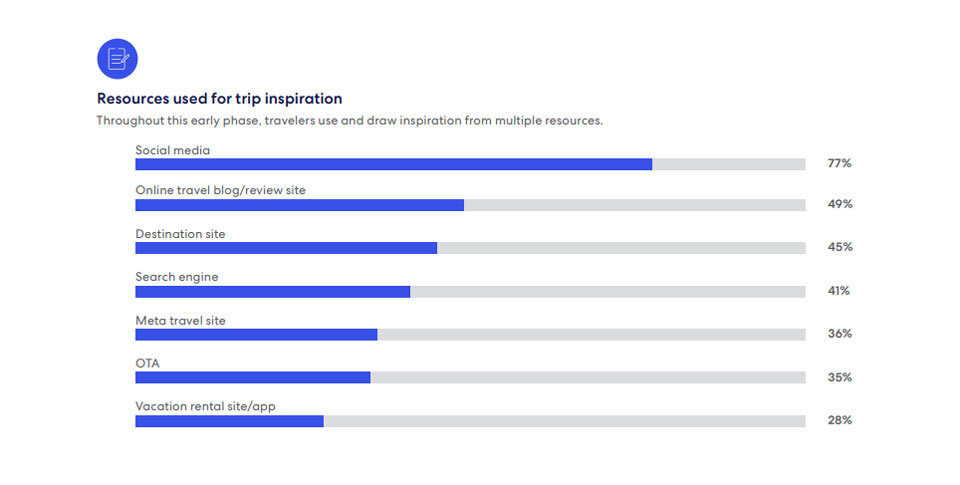
Social media in particular inspires travel aspirations. People mostly use it for destination inspiration (65%) and lodging recommendations (49%) but also for content from friends and family (41%) and influencer content (40%), showing that others’ experiences are a big influence on where to travel and book. In addition to your own compelling images, videos, and promotions, be sure to share user-generated content and consider using influencers to resonate with consumers and earn their trust.
Interestingly, 59% of travelers don’t have a specific destination in mind when they start thinking about taking a trip. Upper-funnel marketing strategies and storytelling are critical to capturing their attention and influencing their decisions.
Online advertising is especially worthwhile during the inspiration phase. It influences approximately 20% of travelers to book a trip, and 67% of those recall noticing ads during this phase. From there, ads attract less attention as travelers move further along the path to purchase.
What kind of advertising content appeals to travel consumers? Just over half (52%) are influenced by beautiful images, 46% by promotions, and 41% by content highlighting interesting experiences.
Takeaways for Hoteliers
- Adopt a multi-channel marketing strategy focused on the channels your target audiences use.
- Share inspirational content on social media, including special promotions and user-generated content, to get attention and earn trust.
- Run targeted social media ads and search engine marketing campaigns that use compelling images and highlight promotions and unique experiences.
Research & Planning
Travelers get busy browsing options, gathering information, and narrowing down their choices during the research phase. On average, they spend 38 days researching and planning their trip. Expedia’s study also found that consumers view an average of 141 pages (277 pages for travelers in the U.S.!) of travel content within the 45 days prior to booking a trip.
Travelers use a variety of sources to shop around, including search engines, meta travel sites, social media, destination sites, OTAs, and hotel websites. In addition to maintaining a great website and robust SEO strategy, it’s important to ensure your information is up to date across those other channels too.
In particular, OTAs are visited by 80% of travel consumers who use online resources in the 45 days prior to purchase, even if the booking is ultimately made elsewhere. After visiting an OTA, most travelers (89%) check out other travel websites, e.g., hotel websites and meta travel sites. This proves that the billboard effect is strong, especially considering that 61% of travelers who ended up booking on a hotel website or app visited an OTA beforehand.
OTAs are widely used to compare prices, amenities, and availability. Optimizing your property’s presence on these sites with quality listings, up-to-date information, and special promotions will make it stand out. Connect your OTA channels to your property management system to ensure rates and availability are automatically accurate everywhere.
Right before booking, travelers hit the planning phase. At this point, they’re considering their final options and ironing out details. It’s crunch time.
The top two deciding factors on where/how to book a hotel are getting the best price and an easy-to-use website. Other important factors include no hidden fees, positive previous experience, travel ratings and reviews, payment options, and flexible cancellations.
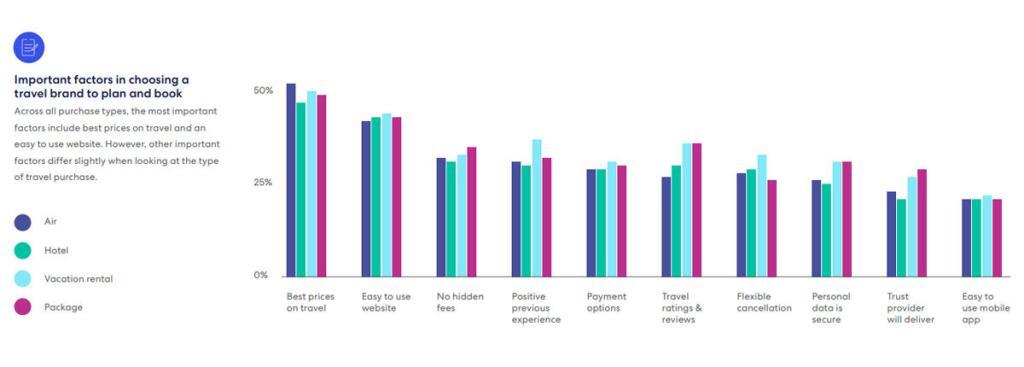
Being transparent about your fees and policies on your website and online listings, sharing positive guest reviews, and optimizing your website booking engine will snag bookers.
Takeaways for Hoteliers
- Maintain an eye-catching, user-friendly website to appeal to travelers and search engines.
- Maintain up-to-date information (photos, property features and amenities, rates, and policies) across other channels, including OTA listings, meta travel sites, Google Business Profiles, destination sites, and social media profiles.
- Promote special deals on your website, OTA listings, and social media channels to stand out.
- Encourage satisfied guests to write reviews and share them on your website and social media.
- Integrate your online distribution channels with your PMS for live rates and availability.
- Optimize your online booking engine to increase direct bookings and avoid booking abandonment.
Booking
While approximately half (51%) of travelers book travel (flights, accommodation, or packages) on OTAs, a significant 23% book hotels on a hotel website or app. The more user-friendly your website and booking engine are, the more guests will book direct—and that’s a good thing for your bottom line.
However, OTAs are a critical revenue driver for most hotels, so it pays to partner with them too. With the right online distribution mix and strategy, you can make the most of the OTA channels that work best for your property to keep commissions in check and maximize revenue.
The Expedia study also found that the most popular device for booking travel is a computer with 59% of bookers using one. Thirty-two percent made a travel booking on a mobile website, and 23% on a mobile app. Hotel guests, especially last-minute bookers, are even more mobile-inclined, with 34% booking on a mobile website and 25% on a mobile app. If you still don’t have a responsive website, you’re missing out on a big chunk of bookings. But you also need a responsive online booking engine that makes reserving a stay a breeze on either a computer or mobile. Running mobile-only promotions on your OTA channels and property’s website can help you stand out and secure a sale.
Familiarity and loyalty also play into how travelers end up booking. A whopping 78% of travel consumers booked on a website they had booked on before. An even more whopping 79% of travel rewards program members (50% of travelers) feel it’s important to stick with brands they’re loyal to, and 58% of loyalty members will pay a little more (but not a lot more) to do so. Most members (73%) are in it for the discounts. If your property has a loyalty program, make sure it’s well promoted on your website, social media channels, and ad campaigns. If you don’t offer an official program, you can still build loyalty through book-direct incentives and personalized service.
Takeaways for Hoteliers
- Fine-tune your distribution mix and strategy to reach your target audience and maximize revenue while protecting your bottom line.
- Optimize your website for a seamless user experience across devices.
- Consider mobile-only promotions to capture last-minute bookers.
- Build loyalty through book-direct incentives, loyalty discounts, and personalized service that makes guests feel valued.
Post-purchase
It isn’t done and dusted once you’ve clinched the sale… On average, there are 73 days between a booking and the check-in date! The longer the post-purchase window, the greater the risk of cancellation.
But there are things you can do to prevent second thoughts. The post-purchase / pre-stay period presents a prime opportunity to get guests excited and invested in their upcoming stay.
Send booking confirmation and pre-arrival emails to build anticipation and reassure guests that you are taking care of them. Share helpful information about your property and amenities and ask them if you can do anything to make their stay more comfortable and enjoyable.
Upsells can be offered in pre-arrival communications (or during the booking process), allowing guests to customize their experience. This works to make guests feel more committed to their booking (while driving more ancillary revenue for your property!).
A good cancellation policy is also important to protect your revenue and the guest experience. Offering flexible, time-limited cancellations gives guests confidence to book while affording you the opportunity to resell the room and recover the revenue if a booking is canceled.
Takeaways for Hoteliers
- Automate pre-arrival communications to build anticipation and reassure guests about their stay.
- Highlight special amenities and offer relevant upsells in pre-arrival messaging to personalize the guest experience and strengthen booking commitment.
- Protect your business and customer experience with flexible cancellation policies.
The path to purchase is a dynamic and complex one—no two bookers are the same. But Expedia’s latest study reveals important trends that can help lodging operators shape their strategies to engage potential guests at every step, leading to more bookings! Read the complete Path To Purchase study for further statistics and insights.



